Blog
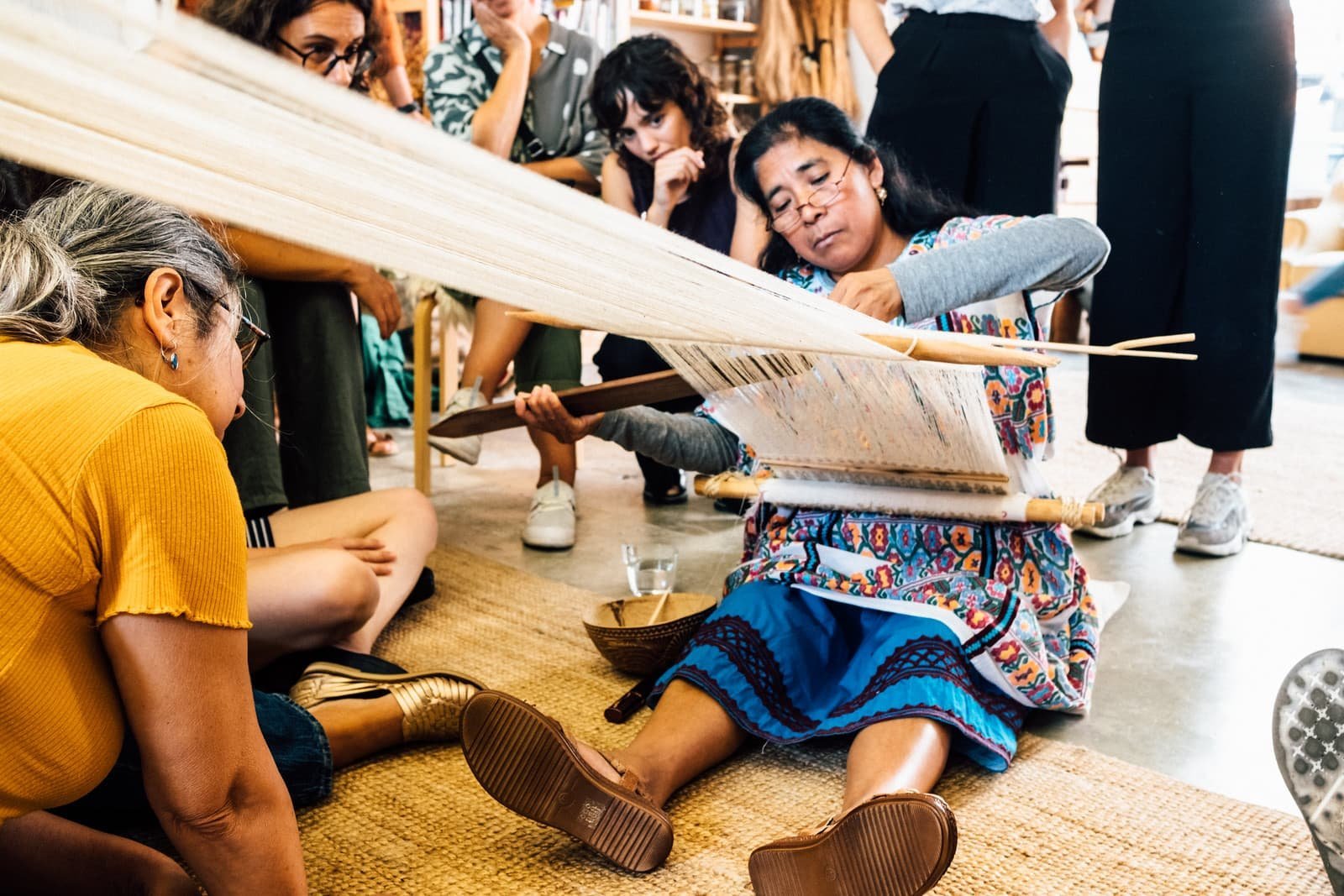
Two days of Amuzga culture at Saber Fazer
It was a very special two days indeed, when we welcomed Gabina Valentína, an Amuzga weaver from Xochistlahuaca, and Inês Queirós from the TuYo Foundation (responsible for bringing her to Europe), to spread the word about their culture and the Mexican backstrap loom weaving technique. Gabi has only been to Amsterdam, Barcelona and Porto during her first European tour, so it was a real privilege to have her here!
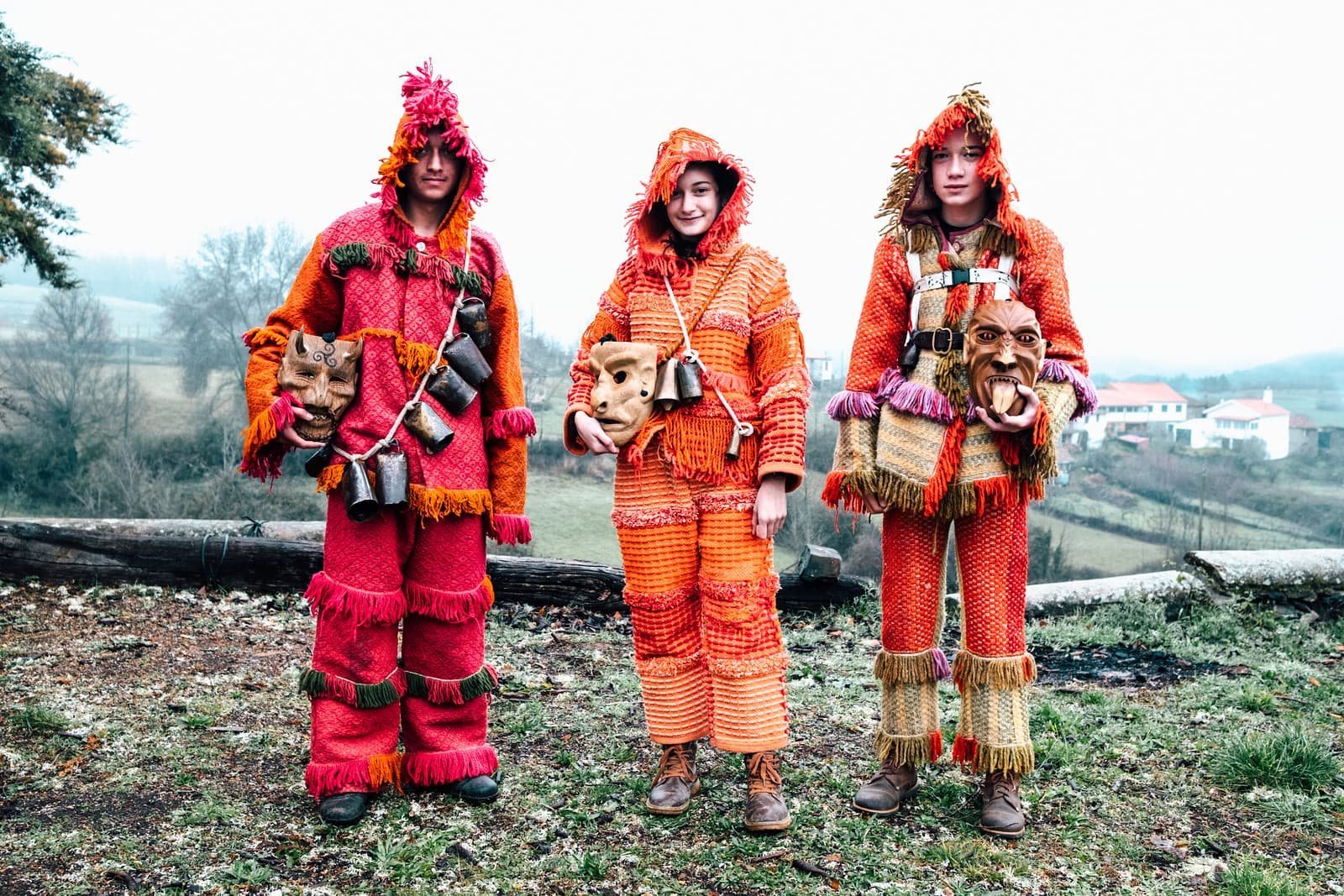
Culture For All in Vinhais - Arts and Crafts
One of the projects we're very pleased to be working on this year is Culture for All in Vinhais, which will include workshops and themed workshops in the areas of Arts and Crafts, Theater and Performing Arts, Music and Dance, all areas with a very rich cultural heritage in Vinhais. The area we will be responsible for, as you can imagine, will be Arts and Crafts.

Flax, tow and flax waste: an explanation
Anyone who likes flax is surely familiar with the term “tow”, but possibly doesn' t know the real difference between flax and tow, or what flax waste is. Today's post explains the difference between these three types of fibers, all of which come from the same source but are different from each other.
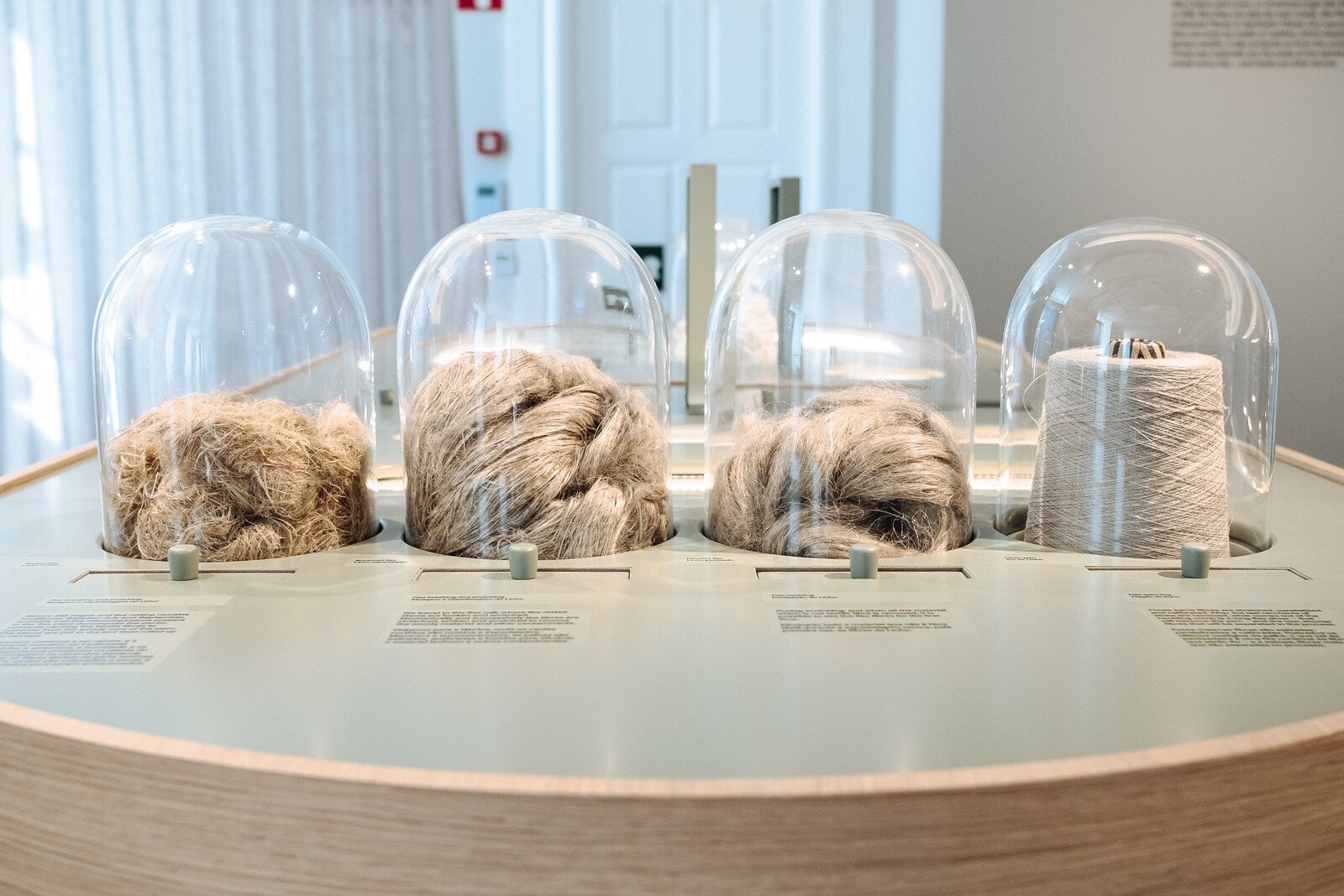
Saber-fazer at the Museum of Fashion and Textiles
The Museum of Fashion and Textiles opened a few days ago in Vila Nova de Gaia, a new museum dedicated to fashion and the history of the Portuguese textile industry. At the beginning of the exhibition circuit, there is a part of the exhibition dedicated to raw materials, right down to yarn, and weaving, which had our contribution in the form of technical and scientific consultancy, the production of texts, content and the supply of all the exhibition materials.

Ana Rita de Albuquerque: artist-sculptor-inventor
Yes, I've known Ana Rita for years, she's been here to teach many, many times, but it's only now that I've been able to visit her at her studio! In fact, Miguel was the one who went to photograph her (that's why some of these images are his), but I was in tow and also took the opportunity to take some pictures (with his camera).

The time we brought Teresa to the North to teach us about silk
The images in this video were taken in 2016, on the day of the workshop we gave in Serralves. In it, Teresa Frade gives a short demonstration of the process of extracting silk from cocoons.
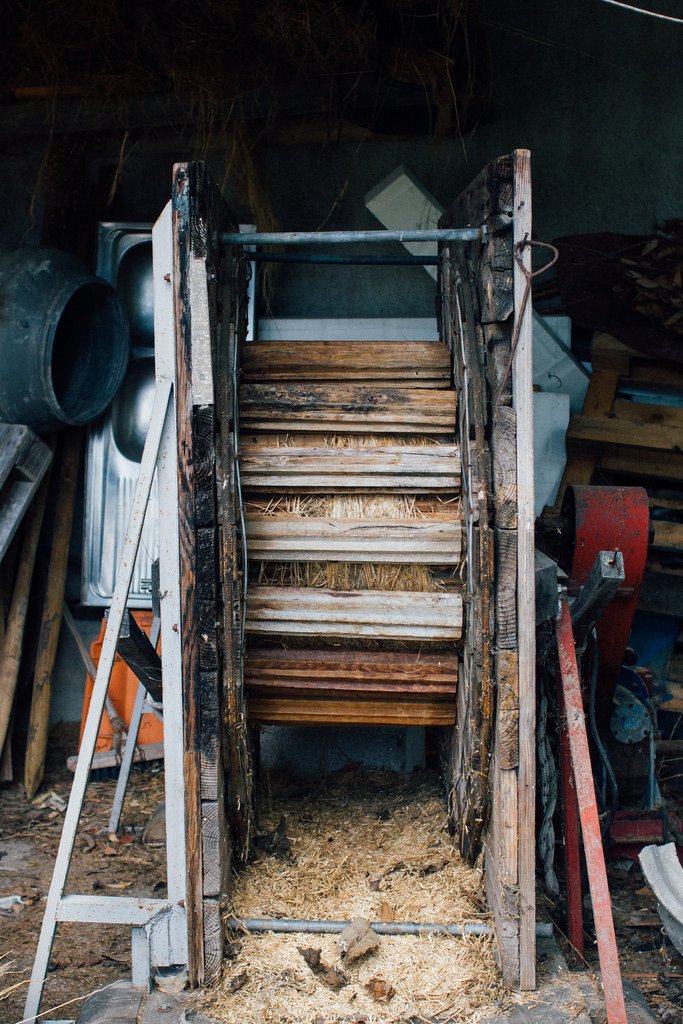
Glorious flax break
This is one of the rare flax grinders still working in our country and one of the only two that work with an engine (the third I know of that is still working is powered by animal traction).

On the retting of flax (pt1)
After the harvest, comes the retting, the process by which we separate the flax fibers from the woody part of the stem, or “edge”, as it is more often called by those who traditionally work with flax.
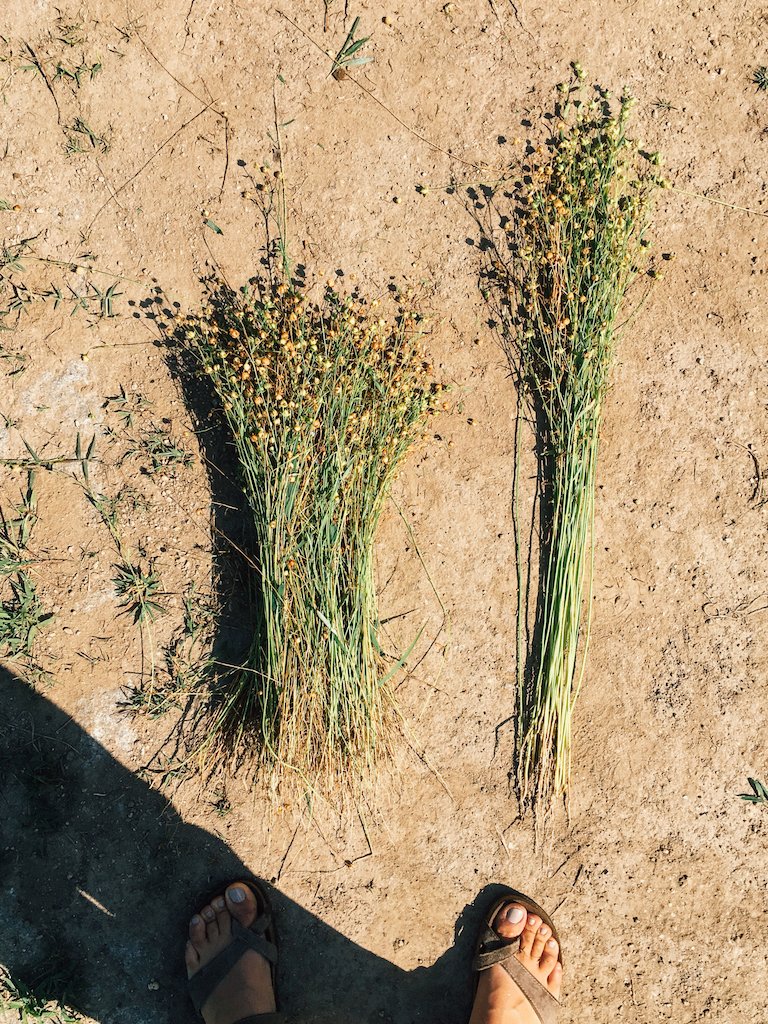
Artificial selection
On Harvest Day, Sara went around our ligneous plantation and selected the tallest plants, which are therefore the most desirable for those who grow flax for fiber, so that we could separate their seed from the rest and, next year, grow a small crop separately from this selection.
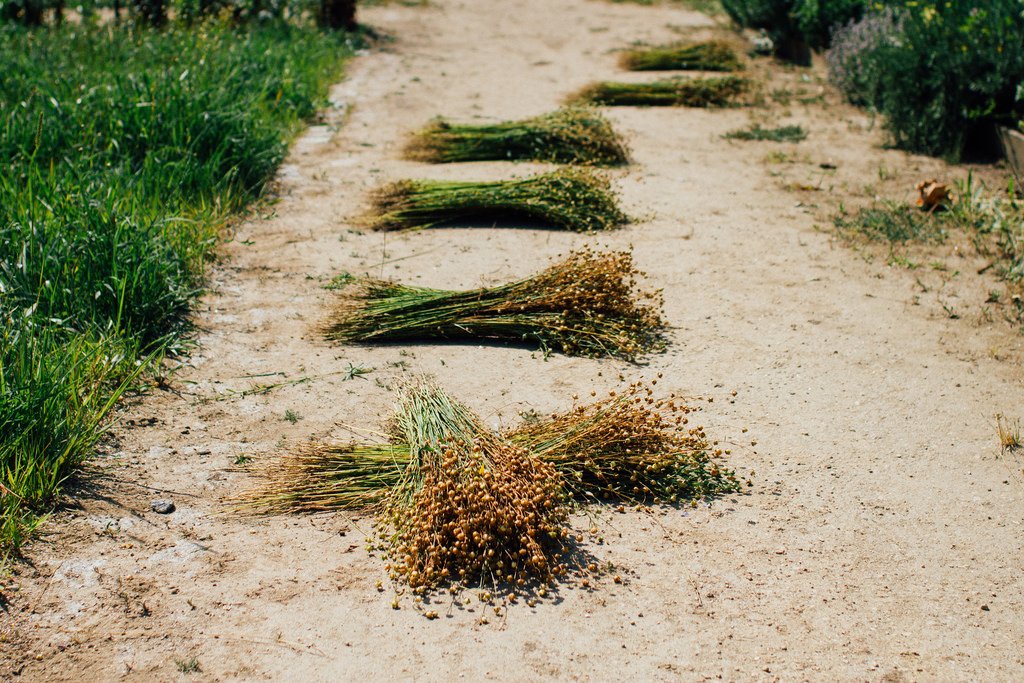
Flax harvest at Parque da Devesa
The last few days have been intense and especially dedicated to flax, which has ripened quickly in the heat and is ready to harvest. The variety we are growing, Galego Flax, has a characteristic that is more common in wild flax and which makes it absolutely essential to harvest at the right time.
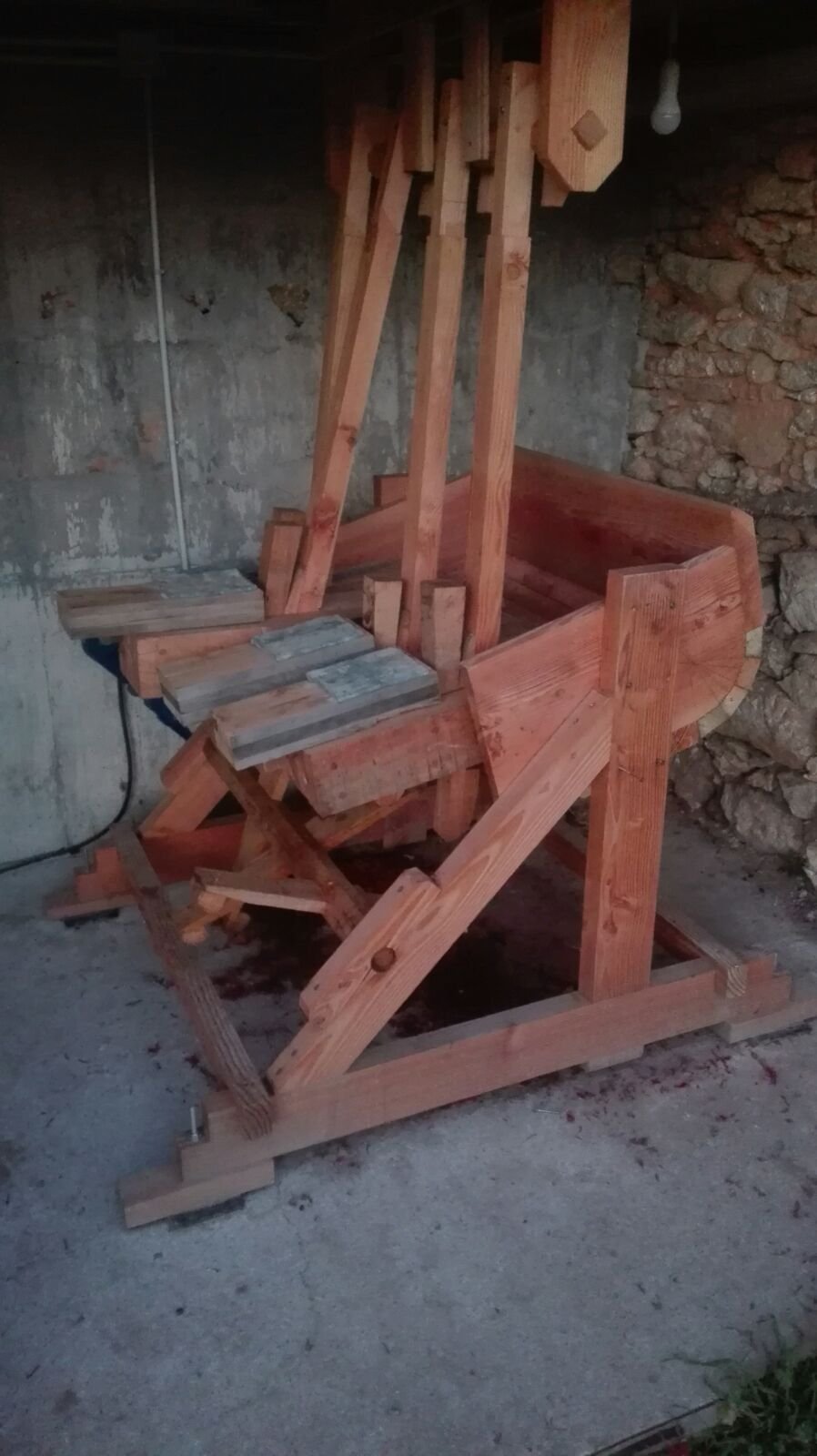
The Fulling Mill of Carlos and Manuel
Manuel and Carlos are two galician teachers who run a project called Panosdaquí, based on the reproduction of traditional galician textiles and supported by the research and recovery of ancient techniques.

(re) building a flax scutcher
Those that know me really well know that the work I do isn't about tradition. It's about manufacturing in a more conscious and sustainable in all areas and knowing that that sustainability greatly depends on the ability of reducing production scales and using local resources.

The tools we have
Gathering good tools for next saturday's flax processing workshop was not easy. I wanted to find good ripples and hackles, that had been used in real flax work, not because I'm nostalgic about other times, but because you can't easily find new ones for sale and making them with the same quality would be expensive, because of the specific metal work necessary.

HOW TO PRODUCE SILK - practical workshops and demonstrations at Quinta de Serralves
On Saturday June 11, Saber Fazer brings to Serralves a day entirely dedicated to silk fibre and its small-scale production, with demonstrations, experiments and guided tours of silkworm rearing, which is taking place for the second year running at Quinta de Serralves.

Slow and steady
This year the weather was radically different from last year's during the flax season: lots of rain and lower temperatures that have been raising slow and steady.

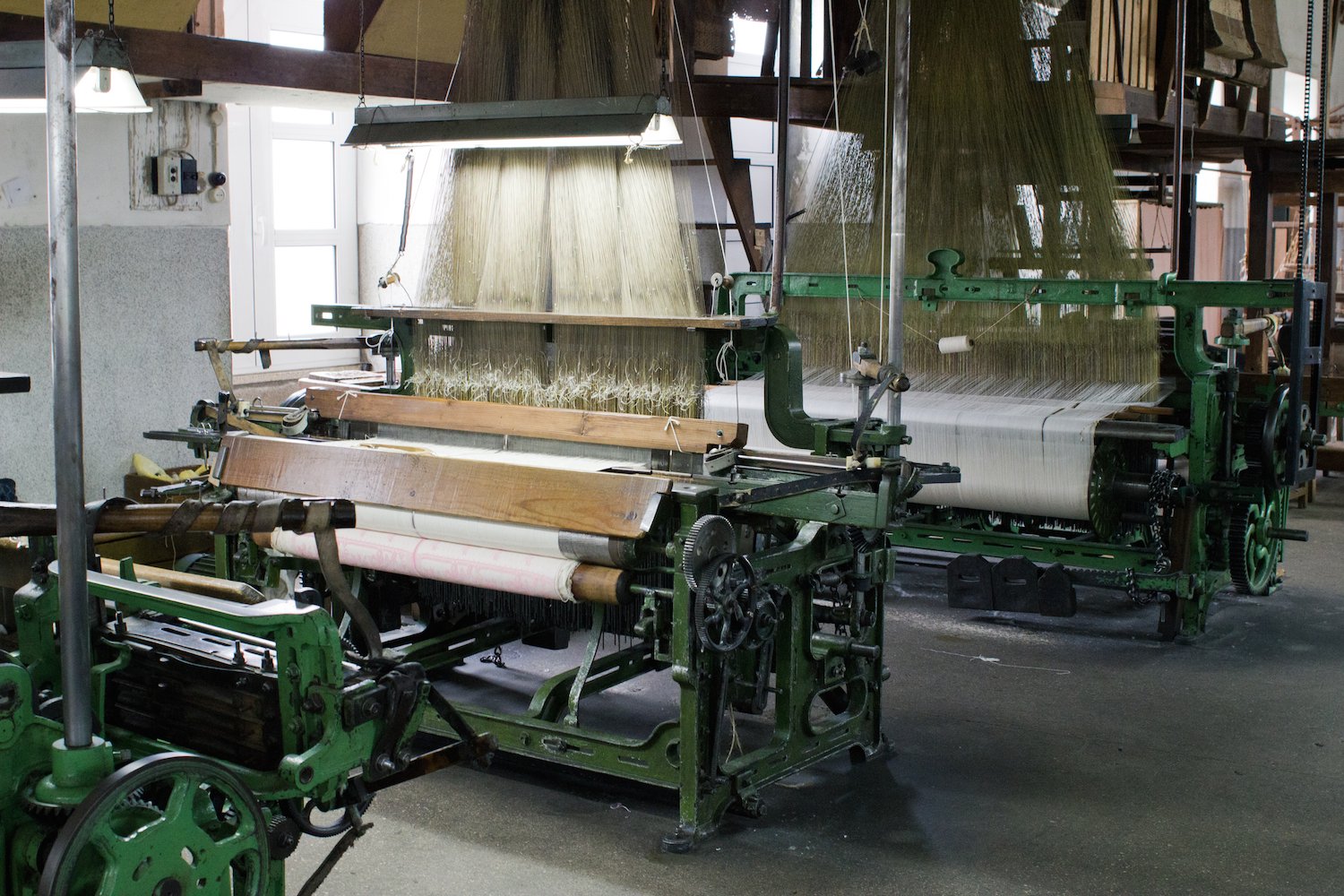
A matter of perspective
I've written about the case of Daniel Harris before, in 2012, but it's a case I want to revisit because his work has grown and consolidated in the meantime, and he's now a proven example of what I wanted to show at the time.
We should probably look at what we're wearing too
Rebeca Burgess, founder of Fibershed, in this interview;


Portuguese Wool national classification system
One thing that is good to know, is the classification system that is being used in our country. These two tables aren't the easiest thing to find (this book is from 1947), but I was lucky enough to find it in a bookshop right here in Porto, at the moment I started looking for it.

